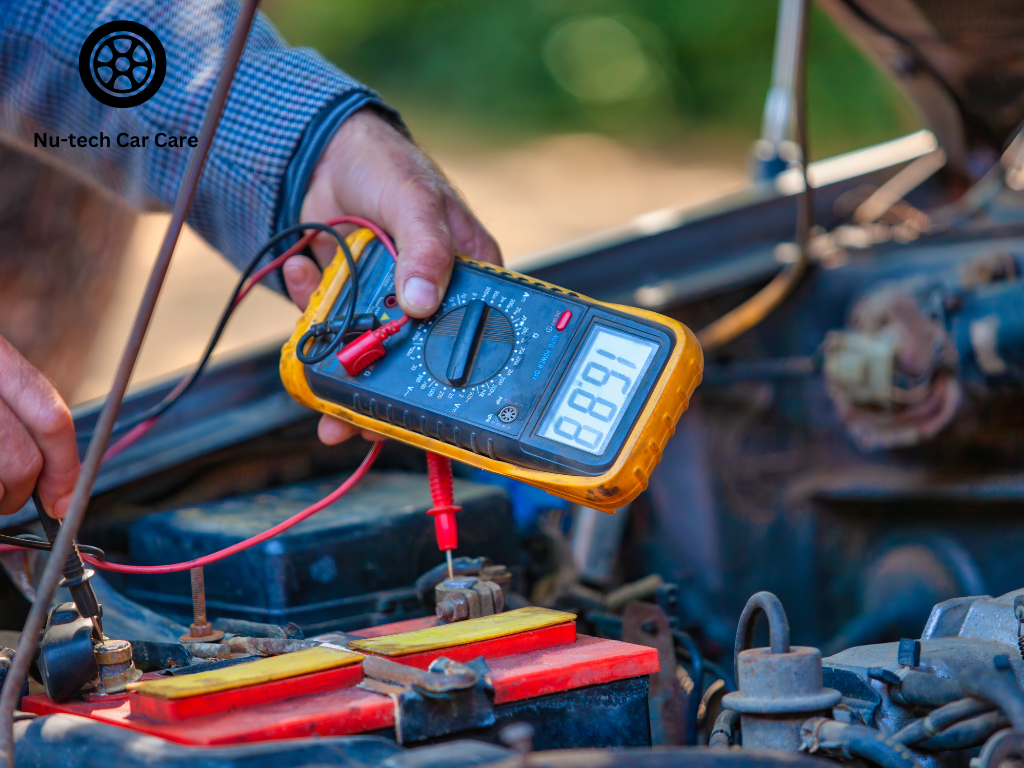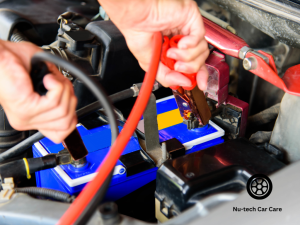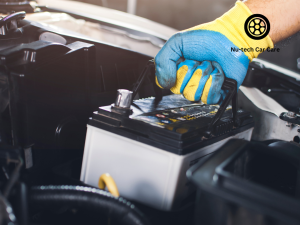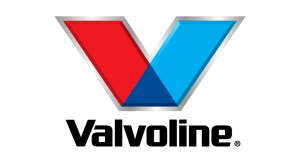Table of contents
When it comes to car maintenance, most people immediately think of engine checks, tire rotations, or even car battery replacement. However, an often overlooked but equally essential part of car care is the maintenance of its exterior. A car’s exterior is its first line of defense against environmental factors, and it also plays a role in the vehicle’s overall efficiency and safety.
This article will delve into the best practices for cleaning and protecting your car’s exterior, ensuring it stays looking new for years to come.
Best Practices for Washing and Waxing:
Regular Washing: Regularly washing your car removes dirt, dust, and harmful chemicals that can eat away at the paint. Use a car-specific wash soap, not household detergents, which can strip the car’s protective wax.
Waxing: After washing, a good waxing session helps in sealing the paint, adding a protective layer against UV rays and contaminants. Waxing also restores the car’s shine, making it look as pristine as the day it rolled off the showroom floor.
Mind the Details: Use a soft brush or old toothbrush to remove grime from emblem areas, grills, and other tight spaces. This level of detail often distinguishes a regular car service from a thorough cars automotive repair.
Protecting Your Car from Environmental Damage:
Use a Car Cover: If you don’t have a garage or covered parking, a car cover can protect the vehicle from UV rays, bird droppings, tree sap, and more. This is especially crucial if you’re not considering a car battery replacement soon and want the existing one to avoid excessive heat exposure.
Avoid Parking Under Trees: While it may seem like a good idea for shade, tree sap, and bird droppings can harm your car’s paint. Additionally, falling branches can lead to more serious car repair needs.
Paint Protection Films: These are clear or colored polyurethane films that stick to the vehicle’s exterior. They protect against scratches, chemicals, and small rock chips, reducing the frequency and cost of car repair.
The Benefits of Undercarriage Cleaning:
The undercarriage of a vehicle often gets overlooked in routine car service. However, it faces many contaminants like mud, salt, and debris. Cleaning it can:
Prevent Rust: Especially in areas with snowy climates where roads are salted, cleaning the undercarriage can prevent rust and corrosion, ensuring a longer life for your vehicle.
Increase Resale Value: A well-maintained undercarriage can be a selling point, indicating to potential buyers that you’ve upheld high car maintenance standards.
Spot Issues Early: A clean undercarriage means issues like leaks or damage can be spotted during a routine cars automotive repair, preventing potential future complications.
Essential Car Maintenance: What Every Driver Should Know
Cars are more than just a means of transportation; they’re significant investments and a reflection of our personal tastes and lifestyle. Like all investments, they require care and regular maintenance to perform optimally and retain value.
What is the basic maintenance of a car?
Basic car maintenance involves a series of routine checks and actions that help prolong the life of the vehicle, ensuring it runs efficiently and safely. These include:
- Oil Change: Perhaps the most fundamental maintenance task, changing your car’s oil, ensures the engine remains lubricated and prevents it from overheating.
- Tire Check: Regularly inspect your tires for wear and ensure they’re inflated to the recommended pressure. This not only prolongs tire life but also optimizes fuel efficiency and safety.
- Fluid Levels: This encompasses checking and refilling (when necessary) brake fluid, power steering fluid, coolant, and windshield washer fluid.
- Brake Inspection: Ensuring your brakes are in top condition is crucial for safety. This involves checking the brake pads, rotors, and brake fluid.
What is the most common maintenance on a car?
The most common maintenance task for most vehicles is the oil change. Nu-tech Car Care recommends that oil changes occur every 3,000 to 5,000 miles, but this can vary based on the type of oil used and the car’s make and model. Alongside oil changes, tire pressure checks, and topping off fluid levels are frequent tasks most car owners will engage in regularly.
How often should I wash my car?
The frequency of car washing varies based on several factors: your vehicle’s location, the local climate, and how often it’s driven. Generally, it’s a good idea to wash your car every two weeks and give it a comprehensive wax every six months to protect the paintwork. If your car is exposed to elements like salt, dirt, or bird droppings, more frequent washes might be required. Nu-tech Car Care also suggests keeping an eye on the undercarriage, especially in areas with salted roads, as this can accelerate rusting.
How do you maintain a car daily?
Daily car maintenance is more about good habits and less about hands-on tasks. Some daily practices include:
Driving Gently: Avoid rapid accelerations or sudden stops. This is better for your engine, brakes, and tires.
Regularly Checking Tire Pressure: Tires can lose pressure daily. By ensuring they’re always at the optimal level, you can prevent wear and improve fuel efficiency.
Keep It Clean: Ensure the interior of your car is free from garbage, and try to keep the exterior free from dirt and grime. Regularly cleaning your windshield ensures clear visibility.
Monitor Any Changes: Pay attention to any new noises, vibrations, or changes in your car’s performance. If something feels off, it’s wise to consult with professionals like Nu-tech Car Care.
Conclusion
In conclusion, car maintenance is an ongoing responsibility, but with regular care and attention to detail, it’s straightforward. By keeping up with these routine tasks and understanding your vehicle’s unique needs, you’ll ensure a longer lifespan for your car and enjoy a smoother driving experience. Remember, when in doubt, consulting with professionals like those at Nu-tech Car Care can provide guidance tailored to your specific vehicle and circumstances.










